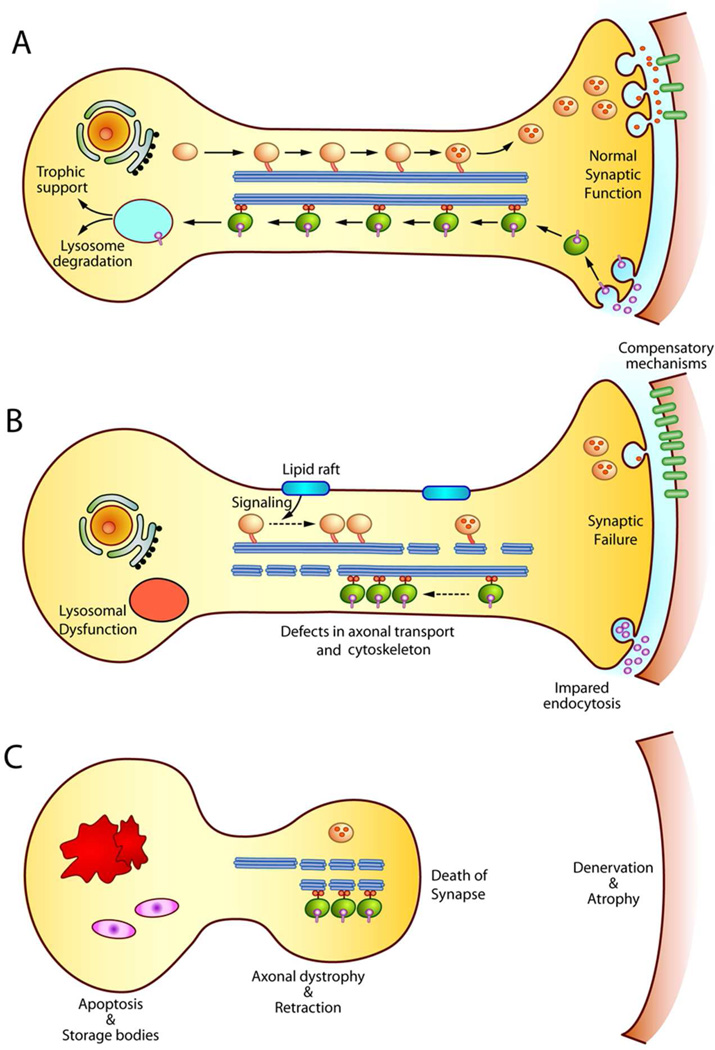Figure 1. Model of axonal and synaptic damage in sphingolipidoses.
A) In a healthy neuron, axonal transport guarantees the delivery of synaptic vesicles to the synapse. Moreover, trophic signals are transported to the cell body to maintain the neuronal survival. B) In sphingolipidoses, lysosomal dysfunction leads to the storage of compounds that impair axonal transport and the axonal cytoskeleton, possibly via the deregulation of signalling cascades. Deregulation of membrane domains (i.e. lipid rafts) may be key in initiating abnormal signalling. Inefficient delivery of cargoes to distal domains and impaired retrograde transport of trophic signals weakens neuronal function in the absence of neuronal death. Compensatory mechanisms at the synapse (e.g. increase of post-synaptic neurotransmitter receptors) may be recruited to maintain synaptic connections. C) The progressive accumulation of membrane and axonal defects eventually leads to full synaptic failure, loss of neuronal connections, and the retraction of the processes. Apoptosis of the cell body occurs at later stages, once enough connections are lost. Denervated tissues undergo atrophy.

